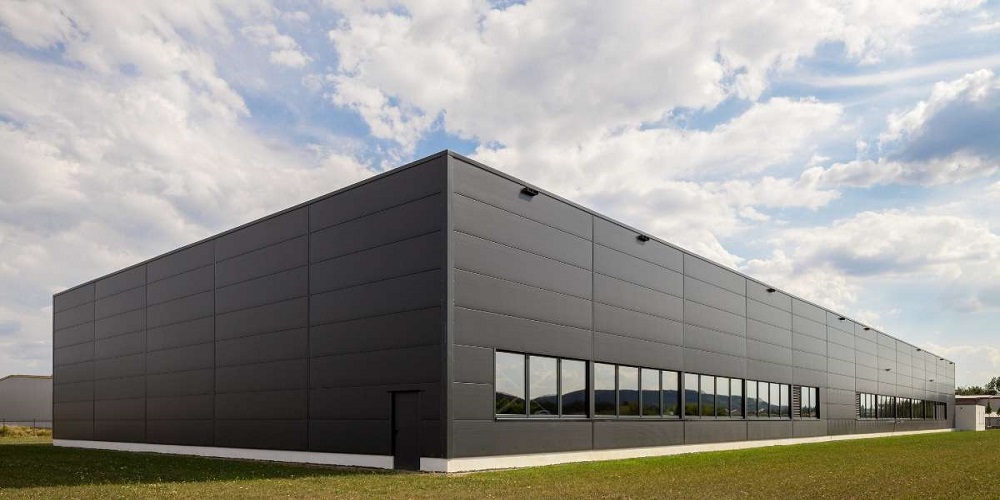Choosing the right thickness for sandwich panels is an important decision that can have a significant impact on your building’s performance. The ideal thickness of a panel will depend on its intended use, as well as environmental and other factors.
With that in mind, let’s take a look at few tips to help you choose the right thickness of sandwich panels for your building needs!
Tip #1: Consider Your Location and Climate Conditions –
Your local climate conditions should be taken into account when selecting the appropriate panel thickness. If you live in a colder climate, you may need thicker panels like 100mm sandwich panel or more to ensure adequate insulation. On the other hand, if you live in a warmer climate or an area with extreme temperature fluctuations, thinner panels may be sufficient.
Tip #2: Consider Cost –
There are several cost factors to consider when selecting panel thickness, including material costs and labor costs. Thicker panels tend to be more expensive than thinner ones due to increased material costs and the additional labor required to install them.
However, if insulation is important in your area, then investing in thicker panels may be worth it in the long run due to lower energy bills over time.
Tip #3: Think About Building Codes –
Building codes vary from region to region and even state-by-state. Be sure to check your local building codes before selecting a particular panel thickness as some areas require specific minimums or maximums based on safety regulations and energy efficiency standards.
Tip #4: Account For Structural Requirements –
The structural requirements of your building should also be taken into account when selecting panel thicknesses. Thicker panels may provide additional strength and stability whereas thinner panels could be insufficient for larger or heavier structures such as warehouses or industrial buildings that require extra support.
Tip #5: Consider Soundproofing Needs –
The ability of sandwich panels to provide effective soundproofing depends largely on their thickness and density levels. If sound reduction is important for your project (such as in hospitals or schools) then you may want to opt for thicker sandwich panels with higher density levels rather than thinner ones with lower densities for better sound insulation properties.
Tip #6: Take Fire Ratings Into Account –
Fire ratings are another important factor when it comes to selecting panel thicknesses since they can affect how quickly flames spread through materials such as walls or ceilings during a fire event. Thicker sandwich panels tend to offer higher fire ratings than thinner ones so if fire protection is essential, then opting for thicker options is recommended.
Tip #7: Seek Professional Advice –
Ultimately, choosing the right sandwich panel thickness can be tricky so it’s always best practice to seek advice from professionals who are experienced in this type of work before making any final decisions about what’s best for your project needs.
Professionals can help ensure that you make the best choice possible given all relevant factors such as budget constraints, building codes, location/climate conditions and more.
Conclusion
Taking these considerations into account will help you make an informed decision about which option is best suited for your project needs while staying within budget constraints at the same time. Additionally, seeking professional advice from experts familiar with this type of work can ensure that you make the most informed decision possible regarding panel selection and installation procedures.


